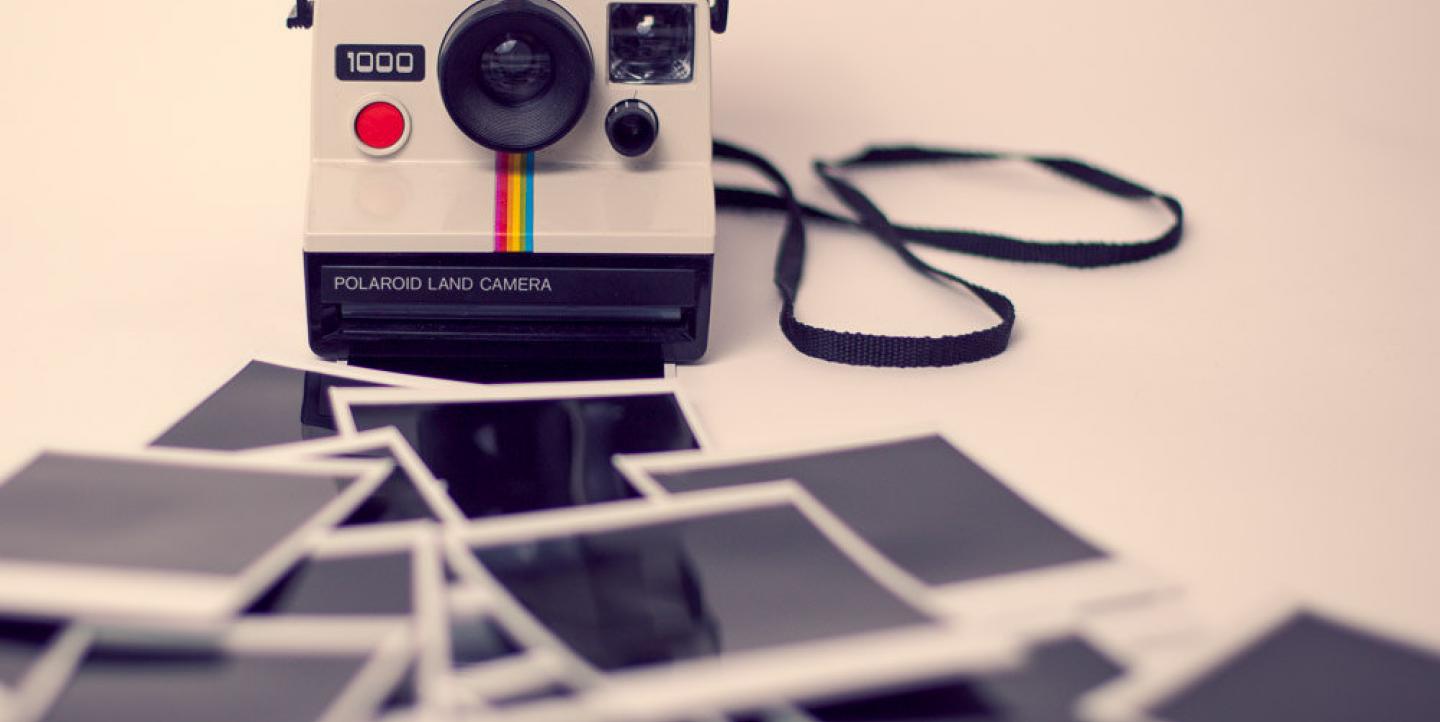This is the sixth, and final installment in our series, Perspectives in Photojournalism. Click to read part one, part two, part three, part four and part five.
In the first week of October, Paul Moakley, deputy photo editor of Time magazine, was focusing a lot on his publication’s Instagram feed.
He had one photographer in Puerto Rico documenting the aftermath of Hurricane Maria and another in Las Vegas covering the mass shooting that had just taken place there. Both journalists’ work would go straight to Instagram, telling stories through single images, short videos and Instagram Stories.
“If it’s news photography, it’s ending up on social media first,” said the photo editor.
He said Time was an early adopter of Instagram, starting a feed during the first few months of Instagram’s existence.
“All of our editors, including myself, encouraged everyone to get on it personally, play with it and think about it,” he said. “When Hurricane Sandy happened, as a department we assigned five photographers and gave them the keys to the feed. It was the first time we experimented [with it]; I think we were the first news organization to do that, where we fully gave over the keys to photographers on the ground.”
Some of the photographers would shoot with their cameras, then upload the images to the feed; others would work only with their cellphones.
Instagram boasted 500 million daily active users in September. News organizations have been trying to tap into the platform’s growing audience, which is centered around powerful visuals, whether pictures or short videos.
It’s no surprise, then, that Moakley has been experimenting with his staff and freelancers to figure out how to best use the platform to tell news stories.
For Moakley, there is no set way to tell a story. Some stories require more images than others. Moakley also spends time thinking about how to best tell narratives with Instagram Stories, which can be a more intimate, immediate medium.
“There’s a lot of growing pain, but I think we’re in a good place with our Instagram feed. Anyone who follows us can get a sense of what’s happening,” he said. “If you only looked at Instagram for your news, you would get a sense of the major events in the world through video clips and strong photography.”
Pauline Eiferman, photo editor at Roads & Kingdoms, also uses the platform to follow photographers that have caught her interest, even when she doesn’t have an assignment for them at the time.
“When [I] start following them on Instagram, they’re part of my new network and I see things every couple of days,” she said. “Sometimes I unfollow when it’s not relevant but a lot of times, I’ll just follow someone sometimes for months — and then one day, there’s going to be an opportunity to assign them to a story.”
While she said the platform can be overwhelming at times, she said it can be a good way to keep an eye on her industry while working on other projects.
Main image CC-licensed by Flickr via georgios kaleadis. Second image of Paul Moakley courtesy of Peter Hapak.

